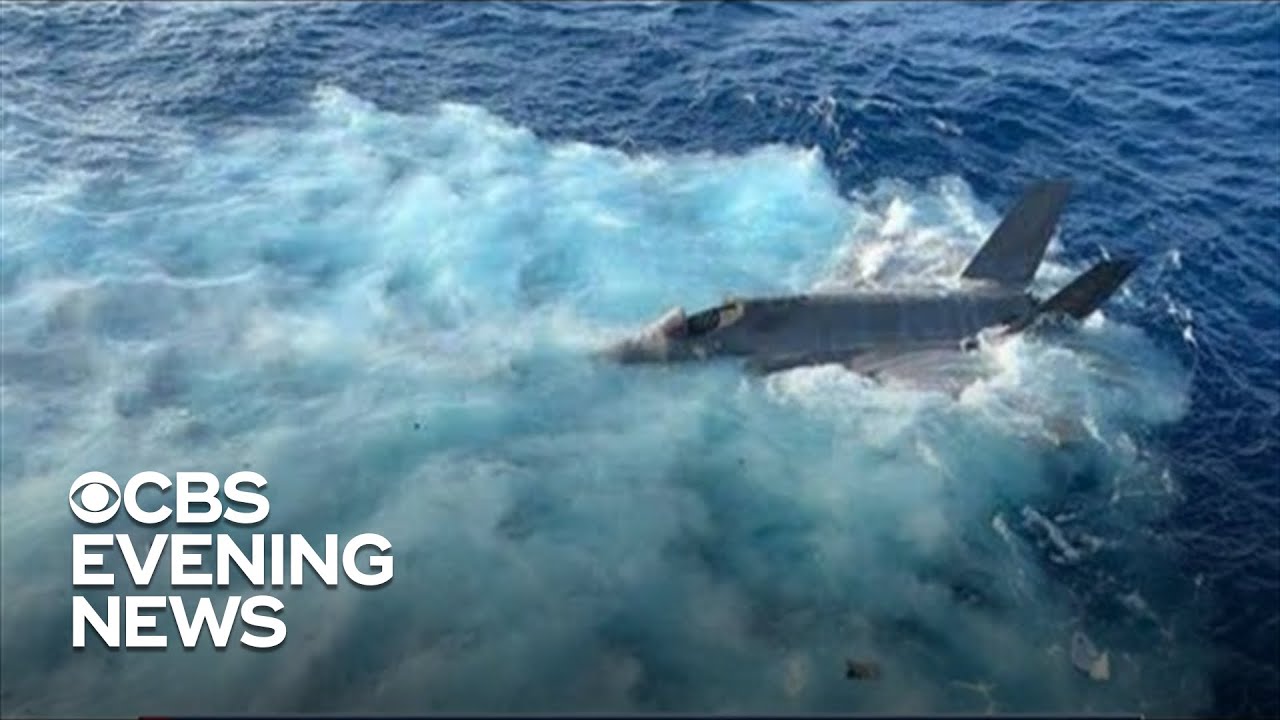
NGOCSTIP – US Navy operations in the South China Sea were rocked by two separate aviation incidents that occurred within half an hour of each other. Both a helicopter and a fighter jet went down during what officials described as routine operations from the aircraft carrier USS Nimitz. The US Navy confirmed that all personnel involved survived and were rescued swiftly. The first crash involved an MH-60R Sea Hawk helicopter that went down around 2:45 p.m. local time. About 30 minutes later, an F/A-18F Super Hornet fighter jet also crashed while operating near the same area. The incidents have raised serious questions about mechanical reliability and flight safety in one of the world’s most sensitive maritime regions. As the military investigates the cause, the US Navy has placed the carrier group on heightened alert while continuing to secure the recovery zones.
In a stroke of luck amid the chaos, every member of the US Navy flight crews survived both accidents. The MH-60R Sea Hawk helicopter crash saw three crew members rescued by nearby ships and support aircraft within minutes. Similarly, the two pilots from the F/A-18F Super Hornet ejected successfully before their jet hit the water. Search and recovery teams from the USS Nimitz responded immediately, coordinating with other vessels in the carrier strike group to ensure rapid retrieval. Medical teams confirmed that all rescued personnel were in stable condition and receiving treatment onboard. The quick and effective response demonstrated the US Navy’s preparedness for emergency situations even under extreme operational conditions. Despite the relief that lives were saved, the dual accidents have cast a shadow over the fleet’s ongoing missions in the South China Sea.
The two incidents happened during standard operational exercises conducted by the US Navy in the South China Sea region. The Sea Hawk helicopter performed reconnaissance and support drills when it encountered unexpected mechanical trouble mid-flight. Moments later, the F/A-18F Super Hornet conducted carrier takeoff and landing training before an unspecified malfunction caused instability. The USS Nimitz immediately shifted operations into emergency mode, stopping all flight activity and launching search and rescue teams. Observers highlighted that simultaneous accidents remain extremely rare despite strict safety protocols on advanced naval aircraft. Defense analysts now question whether environmental conditions or equipment fatigue contributed to both accidents occurring consecutively. For the time being, the US Navy prioritizes comprehensive safety evaluations before resuming regular flight operations in contested waters.
Military officials launched a full investigation into both crashes to determine whether any connections exist between the two incidents. Engineering teams from the US Navy will examine the wreckage of both aircraft after retrieval from the sea. Early reports indicate potential mechanical issues, while human error and environmental conditions remain under consideration. The Pacific Fleet’s aviation safety command dispatched experts to analyze flight data and maintenance logs from the USS Nimitz. Investigators aim to prevent similar incidents in future missions, especially with high tensions in the South China Sea. Until officials finish their review, operational flight hours for certain aircraft types will face careful evaluation and possible limitation. The investigation’s outcome will decide if fleet-wide inspections must take place to ensure continued safety and mission readiness.
The dual crashes occur while the South China Sea faces growing geopolitical tension among several nations. The US Navy maintains a strong presence to protect navigation freedom and prevent military escalation. Losing two aircraft highlights the high risks of operating in contested and unpredictable waters. Military analysts believe the accidents resulted from internal factors, not hostile actions. They warn the events could disrupt deployment schedules and reduce overall patrol readiness. The USS Nimitz continues limited operations while crews conduct necessary maintenance and inspections. This tragedy reminds everyone of the constant danger faced by sailors during distant missions. The US Navy reinforces its commitment to regional stability and long-term security across the Indo-Pacific.
This article is sourced from abcnews and for more details you can read at ngocstip
Writer: Sarah Azhari
Editor: Anisa